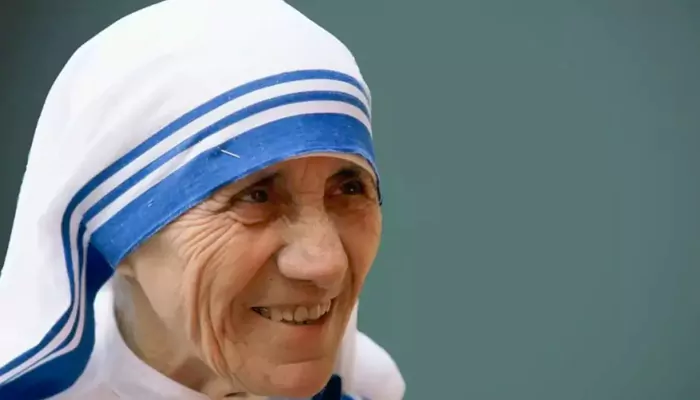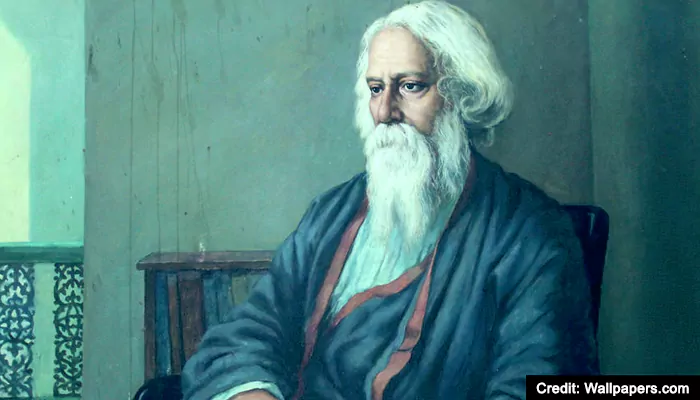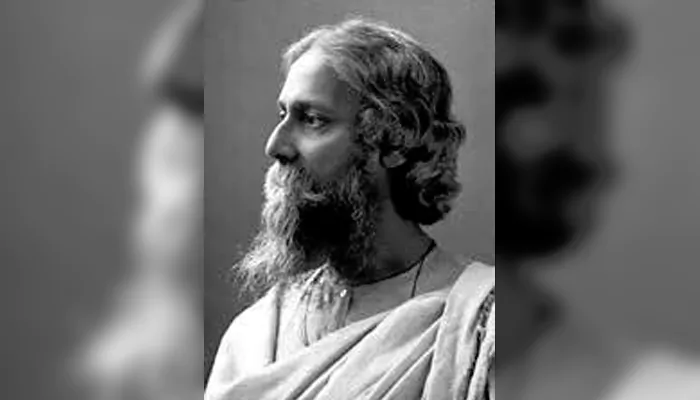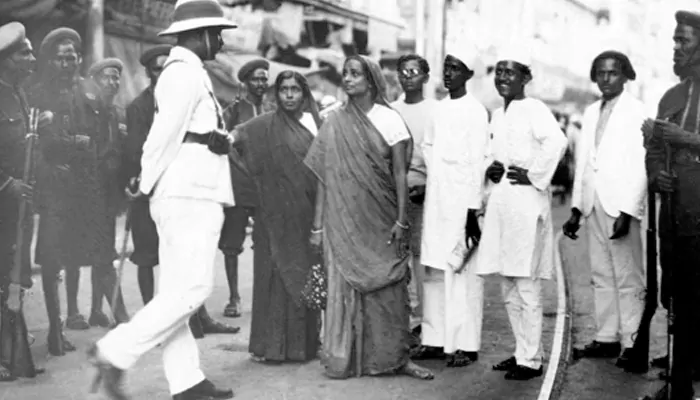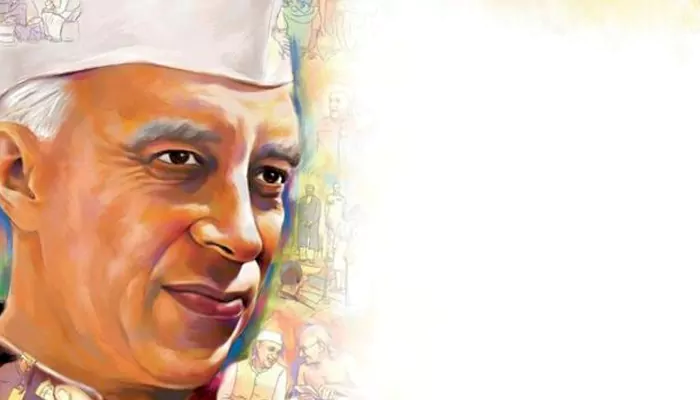Rabindranath Tagore's Death Anniversary: The Poet Who Also Made a Film - Revisiting 'Natir Puja'
- Sayan Paul
- 4 months ago
- 6 minutes read
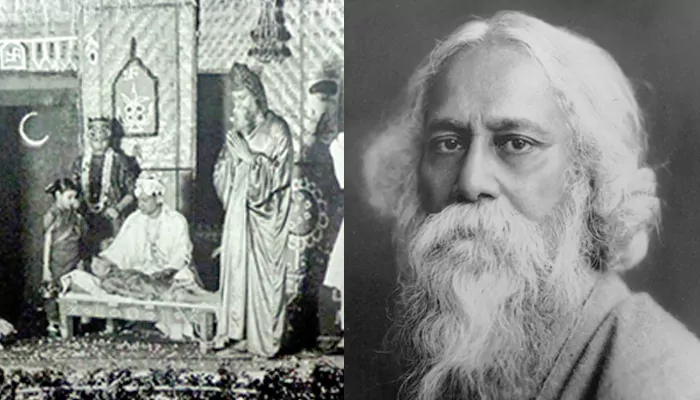
The 1932 film is actually a recording of Tagore's stage dance-drama of the same name.
Writers turning to film isn’t a new story. It’s happened across the world, often with mixed results. But something that very few people know is that Rabindranath Tagore, the poet, philosopher, and Nobel laureate, once directed a film. And it wasn’t a film in the usual sense; it was a filmed version of his own stage production.
The year was 1932, and Tagore was 70. Most people by then are content to slow down, but he was still chasing new forms of expression. Cinema was still a new medium in India, and Tagore, always more curious than conventional, decided to step in. The project became 'Natir Puja', staged and shot entirely inside Kolkata’s New Theatres studio, with Tagore overseeing every detail. And what it offered was a glimpse of Tagore’s artistic world brought into motion.
On his death anniversary, let's revisit the film.
Why Did Tagore Turn to Cinema?
Tagore had never confined himself to a single mode of expression. Poetry, music, painting, pedagogy, and all served him as a vessel for a search for truth and beauty that went beyond the medium. So when cinema began to emerge as a potent storytelling force in the early 20th century, it was only natural that he would take notice.
By the 1930s, Indian cinema was still in its infancy, and Tagore was already an institution. Yet he remained curious, even intrigued, by the idea that moving images could evoke the same emotional and philosophical depth he explored on stage. In a 1931 letter to his friend William Rothenstein, he wrote of cinema’s ability “to make the invisible visible,” revealing that he viewed film not as a fad, but as a potential poetic instrument. He wasn’t interested in mainstream filmmaking. What drew him in was the challenge of adapting one of his own dance-dramas to screen, 'Natir Puja', that combined music, gesture, and spiritual narrative. His goal was not to make a “film” in the conventional sense, but to explore whether his aesthetic could breathe in this new form.
(1932) 'Natir Puja (The dancing girl's worship)' is the only film where Rabindranath Tagore is credited as director and it was shot within 4 days.
— Film History Pics (@FilmHistoryPic) January 4, 2018
Other than writing and directing, Rabindranath Tagore also acted in the film. pic.twitter.com/gLtmwRtic7
(Credit: Film History Pics)
What Was 'Natir Puja'?
The film drew its narrative from an ancient Buddhist legend found in the Avadhan Shatak, which Tagore had previously adapted into a dance-drama in 1926. The story centers on Srimati, a courtesan who defies the king to worship the Buddha, eventually sacrificing her life for her beliefs. It’s a tale of spiritual conviction, grace found in defiance, and the redemptive power of inner faith.
Tagore first staged 'Natir Puja' in 1927 at his home with an all-women cast, many of them students and relatives. It was a statement. Srimati’s journey from outcast to martyr spoke to Tagore’s enduring interest in female agency and spiritual autonomy. He had long challenged the gender norms of colonial Bengal, and through this production, he offered a reimagined moral universe where dignity and devotion could rise above status.
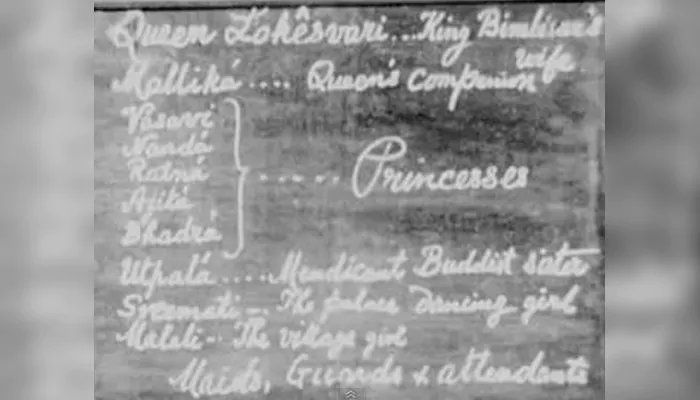
With choreography rooted in Indian classical traditions and a score composed by his nephew Dinendranath Tagore, the piece also served as part of Tagore’s larger project of reviving indigenous art forms and freeing them from colonial neglect. Bringing it to the screen, he hoped, might preserve its layered textures and emotional subtlety.
The Making of the Film
The opportunity to translate 'Natir Puja' into film came in 1931, when B.N. Sircar (founder of the then-newly established New Theatres in Calcutta) approached Tagore with a proposal. Sircar saw the value in associating cinema with serious art, and who better to lend it that gravitas than the Nobel laureate himself?
Filming took place over just four days at the New Theatres Studio. Tagore insisted on retaining the stage format, with minimal cinematic intervention. It was, in effect, a filmed version of the stage play, complete with live performances and static camera setups. His goal was to capture the essence of a performance before it disappeared into memory.
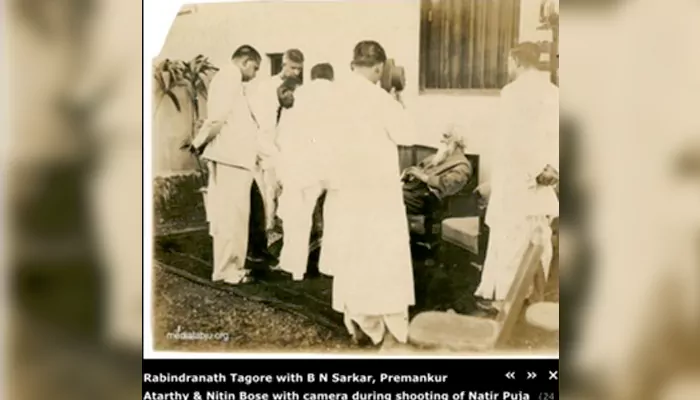
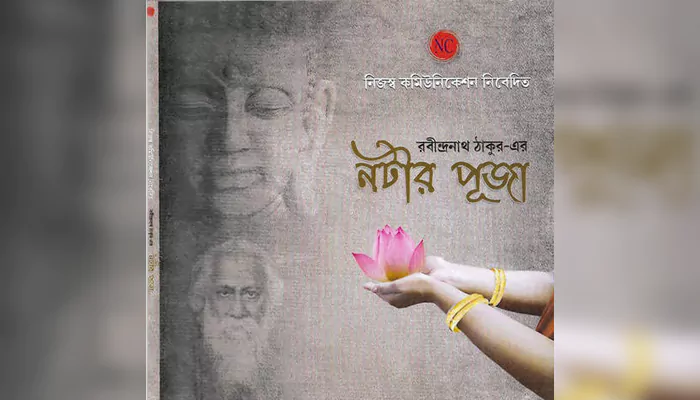
The Premiere...and the Vanishing
'Natir Puja' opened on March 22, 1932, at Chitra Cinema in Calcutta. The premiere was less a film screening and more a cultural event. Crowds came as much to see the film as to witness Tagore’s name on the marquee.
Critics were divided, though. Some praised the sincerity and grace of the production, especially the interpretive dances. Others, however, found the static, stage-bound format ill-suited for film. In an era when cinema was becoming increasingly narrative-driven, Tagore’s philosophical pacing and theatrical framing confused some viewers.
The film’s commercial run was short-lived. Unlike the melodramas that packed theaters, 'Natir Puja' was spiritual and defiantly anti-commercial. And worse still, the only known print of the film was destroyed in a fire at New Theatres years later. What remains today are a few surviving clips, painstakingly restored and showcased in a 2011 documentary. They offer a glimpse, no more, of what Tagore had attempted.
Why Didn’t Tagore Return to Filmmaking?
Tagore never made another film, and he didn’t have to. For him, 'Natir Puja' had been an experiment that satisfied his curiosity, but also clarified his doubts about the cinematic form.
He had long referred to cinema as a “mechanical” medium that lacked the fluidity and interpretive depth he prized in poetry, theater, and dance. The cumbersome technology of the early 1930s (heavy cameras, poor sound synchronization) likely deepened that skepticism. And besides, his days were filled with responsibilities at Shantiniketan and his global travels, where he continued to advocate for India’s cultural soul.
Satyajit Ray, who would go on to adapt many of Tagore’s works for the screen, once called Natir Puja a “noble failure.” That may be true. But even in its failure, it stands as proof of Tagore’s willingness to take risks. He didn’t need to make a film, but he did because the idea interested him.
Eighty-plus years later, 'Natir Puja' is rarely discussed, even among cinephiles. And yet, it reveals that in his seventh decade, when most would be content to rest on laurels, Tagore chose to try something completely new. He stepped into the light of the cinema to ask a question: Could this modern form hold the same truths he had spent a lifetime pursuing? In one of his essays, written in 1931, he wrote, “The mind seeks freedom in creation, and in every new form, it finds a new voice.”



